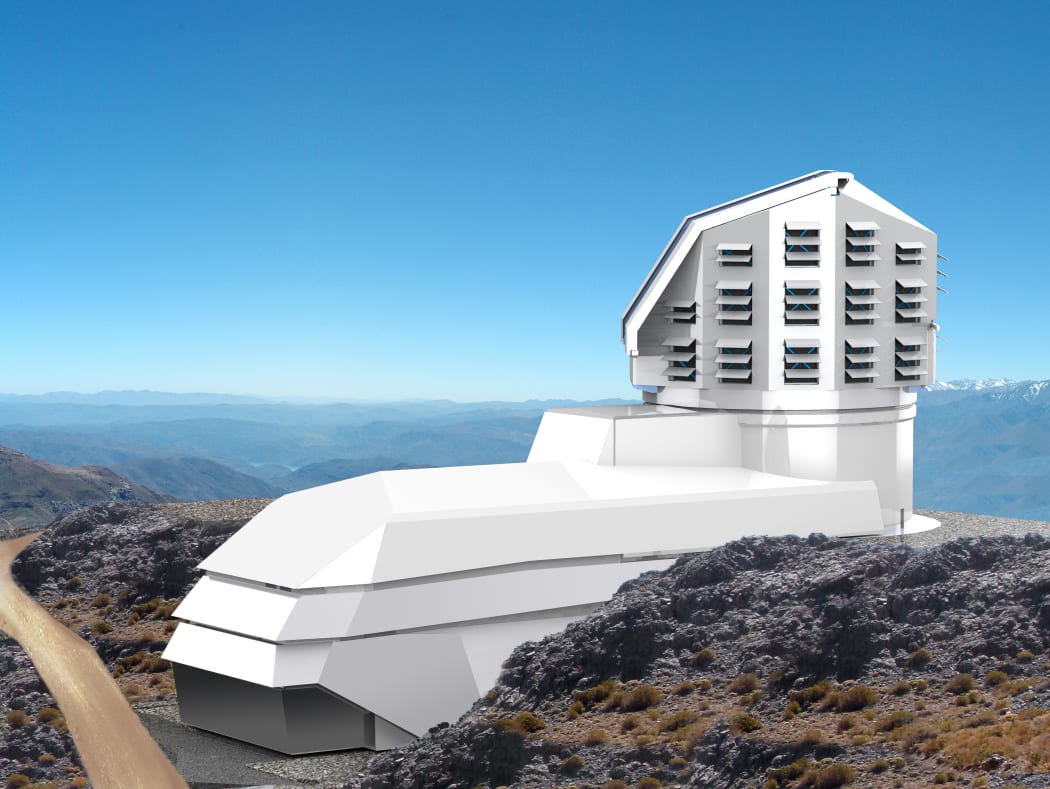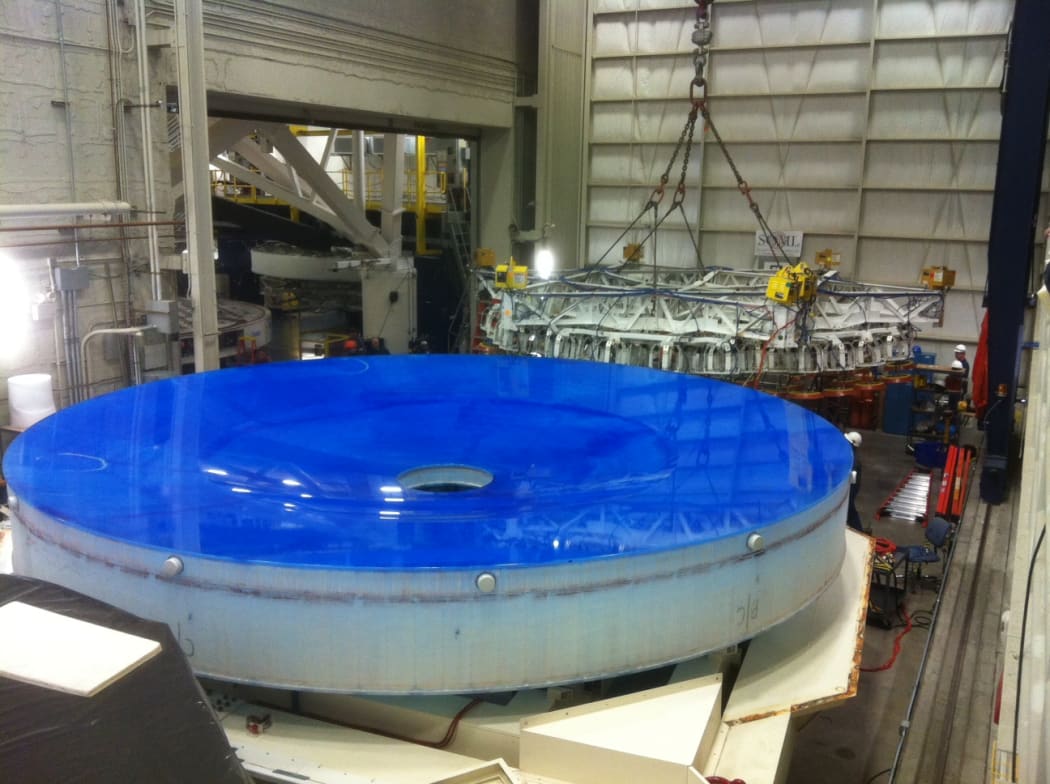Physicists at the University of Auckland are signing up to be part of an ambitious astronomy project in the hope that they’ll be able to settle some of the biggest questions in science.

An impression of what the Large Synoptic Survey Telescope will look like. Photo: LSST
The university has joined the Large Synoptic Survey Telescope (LSST) project, which will use a purpose-built telescope to take repeated snapshots of the southern sky.
Over its ten-year lifespan, the data generated by the project will be measured in petabytes (one quadrillion bytes) and will be analysed by teams of astronomers around the world, including New Zealand.
University of Auckland astrophysicist Richard Easther says the telescope will map tens of billions of stars and galaxies, imaging most of the southern sky every few days for a decade. “At the end of this, we’ll effectively have a movie of how everything in the sky has changed over ten years.”
He says scientists will be able to probe the data with many questions “from what’s going on at the very edge of the universe to things that are happening in our solar system, from rocks that might hit the Earth to stars that are exploding at the edge of the visible universe”.

The huge mirror being built for the telescope. Photo: LSST
New Zealand’s involvement will focus on some big quests: the search for planets around other stars, the origins of the universe and an answer to why the universe is expanding ever faster with the help of dark energy.
“We are very sure that dark energy is there but we’ve got no clue as to what its properties are. We would like to know what it is and how it fits into fundamental physics.”
Dr Easther says the LSST project is one of the biggest single investments made in science and has the potential to answer fundamental questions.
The University of Auckland’s agreement with the LSST consortium will allow other New Zealand astronomers to join the project, making it effectively a national opportunity. The LSST is a joint US/Chile project supported by the US National Science Foundation. It is located in Cerro Pachon in Northern Chile and is expected to see “first light” in 2019 and be fully operational by 2021.

